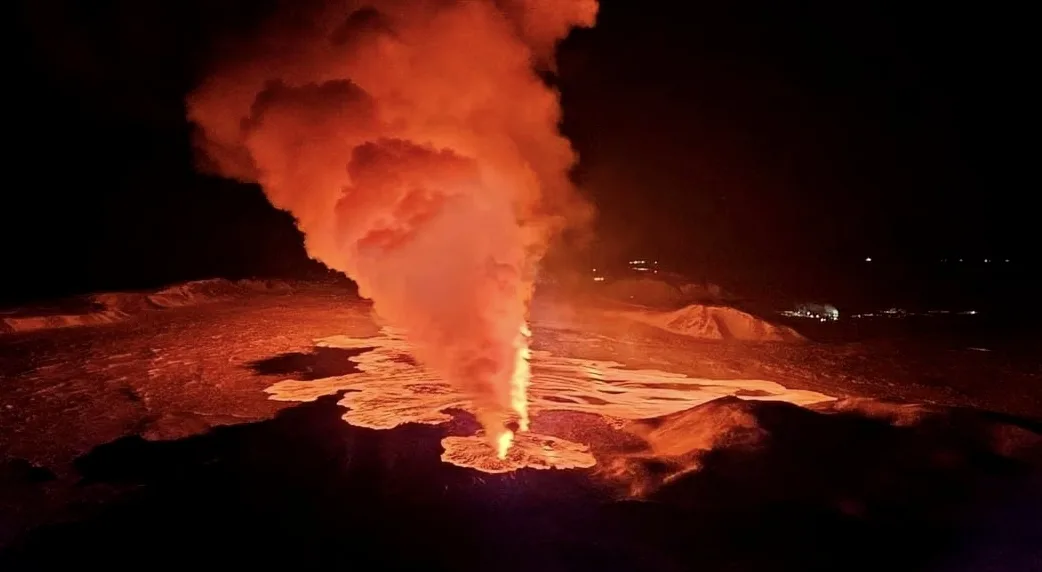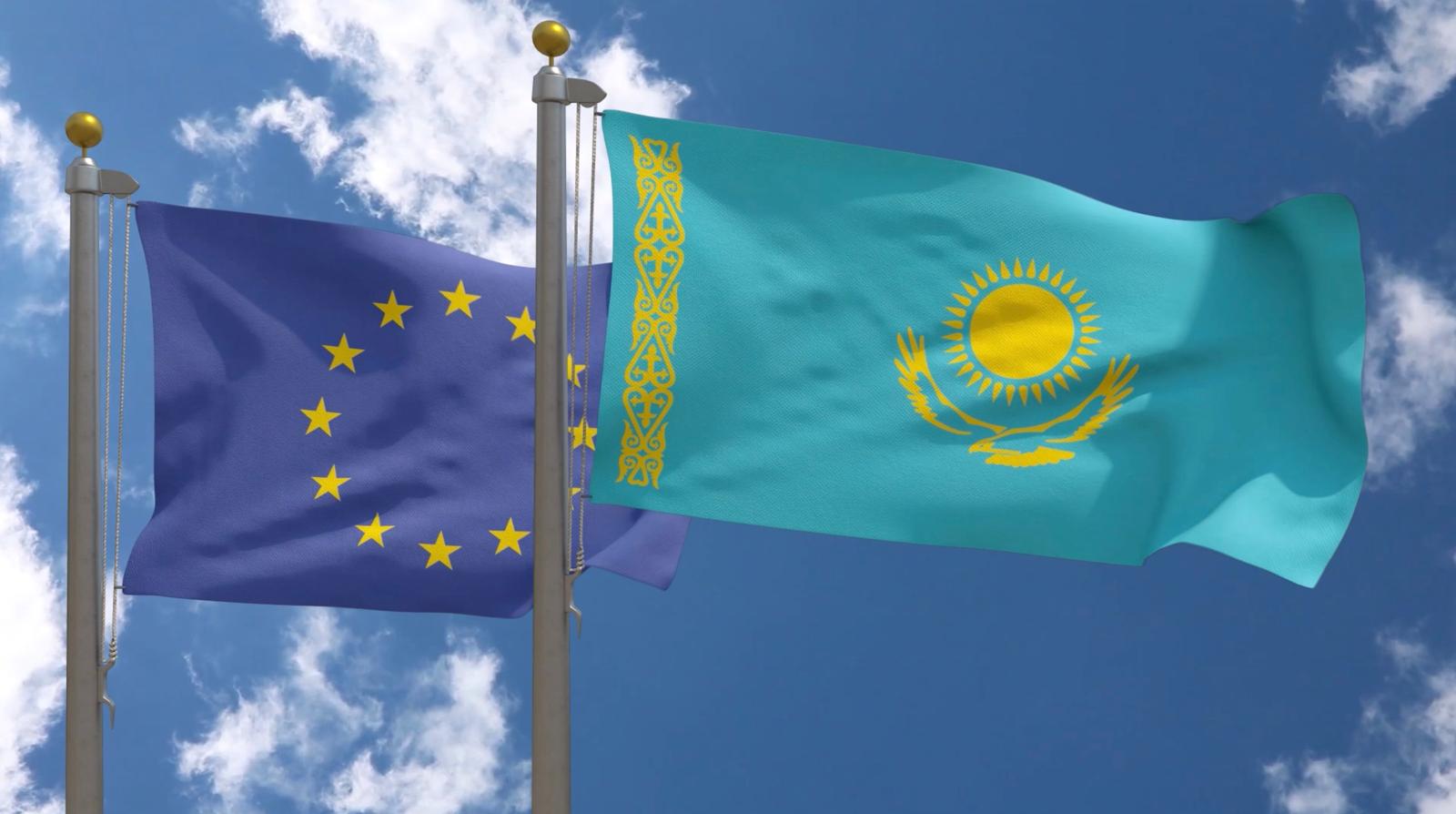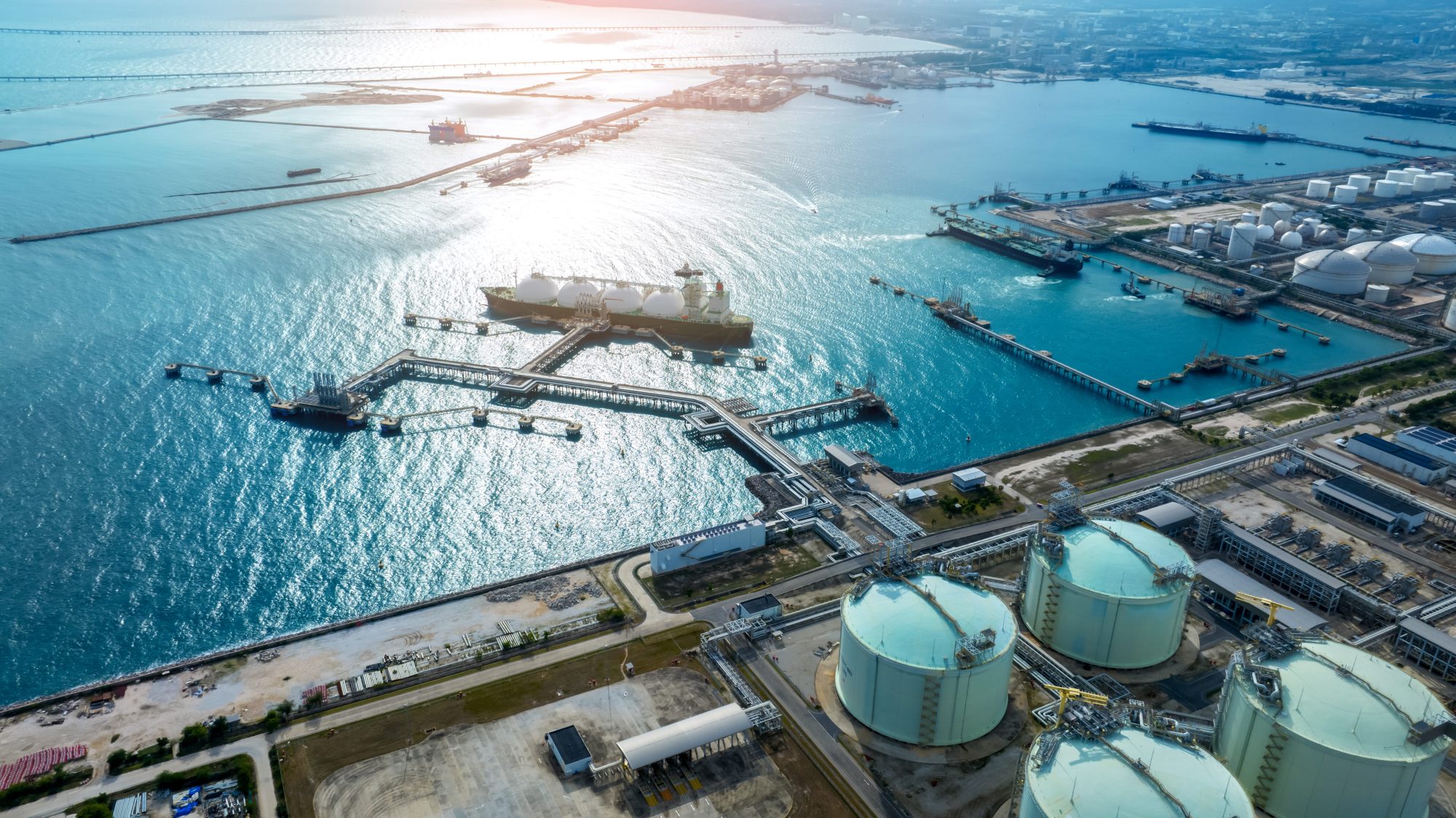Reykjavík, February 08, 2024, The Europe Today: An Icelandic volcano erupted for the second time this year, casting streams of molten lava up to 80 meters into the night sky on Thursday. The eruption, located on the southwestern Reykjanes peninsula, represents the sixth such outbreak in the region since 2021.
Live footage from the area depicted vivid scenes of bright-orange molten rock shooting from fissures in the ground, creating a stark contrast against the dark night sky. The Icelandic Meteorological Office issued a warning on its website, stating, “Warning: A volcanic eruption started north of Sylingarfell.”
The eruption followed intense earthquake activity that commenced around 5:30 a.m., with the outbreak itself beginning approximately 30 minutes later, according to the Meteorological Office. The eruptive fissure extended roughly 3 km (2 miles) in length, and authorities believe it occurred in the same location as a previous eruption on December 18.
As a precautionary measure, the nearby geothermal spa Blue Lagoon announced its closure. However, Reykjavik’s international Keflavik airport continued to operate “in the usual way,” as confirmed by the airport operator Isavia on its website.
The Reykjanes outbreaks are categorized as fissure eruptions, commonly known as Icelandic-type eruptions. Typically, these events do not lead to large explosions or significant ash production dispersed into the stratosphere.
The eruption comes in the wake of a previous event on January 14, lasting approximately two days, with lava flows reaching the outskirts of the Grindavik fishing town. Residents, numbering nearly 4,000, were evacuated, and some houses were set ablaze. While the Sylingarfell mountain, the site of the current eruption, is north of Grindavik, the potential impact on the village or a nearby power station remains uncertain. Authorities are closely monitoring the situation to ensure the safety of residents and infrastructure in the vicinity.














